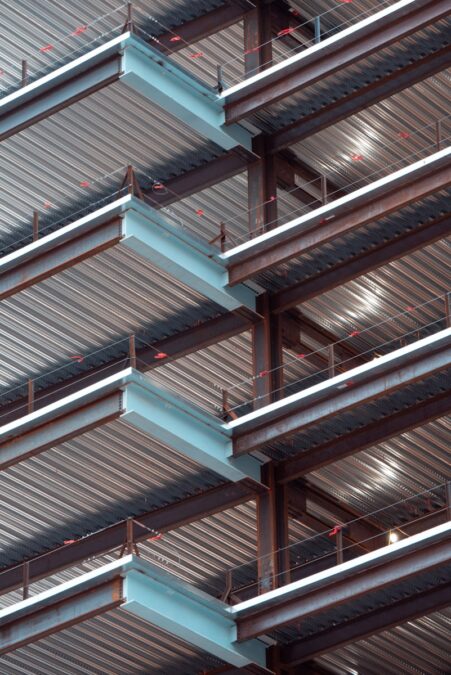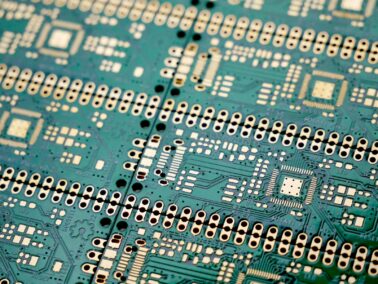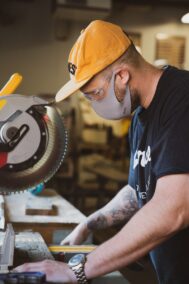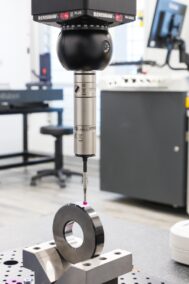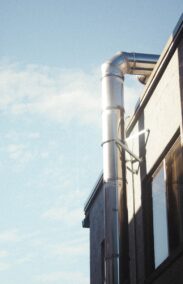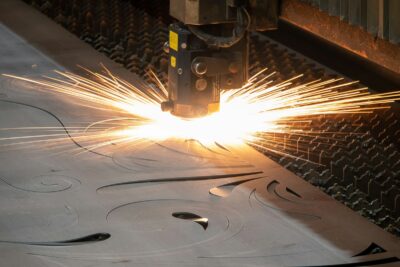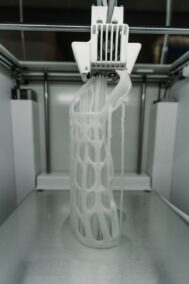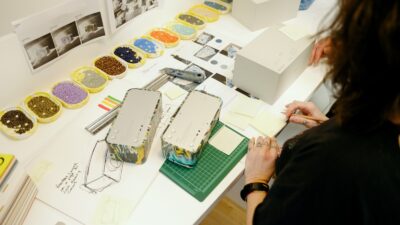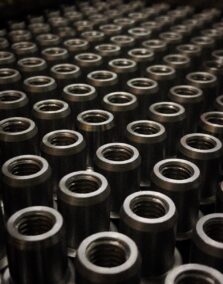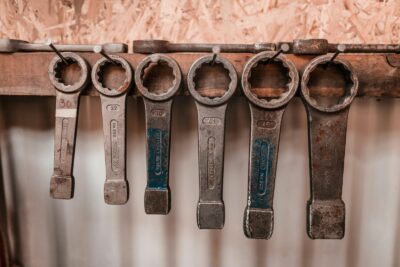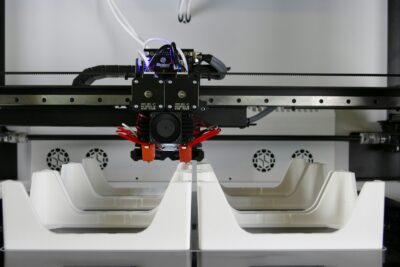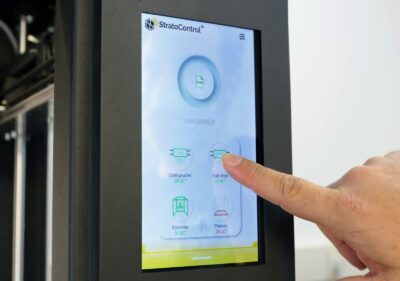Unlocking Innovation: Internal Structure in Additive Manufacturing
The Evolution of Additive Manufacturing
Additive manufacturing, commonly known as 3D printing, has revolutionized traditional production methods by offering unprecedented flexibility and customization. One of the key advantages of additive manufacturing is its ability to create intricate internal structures within parts and components, a feat that is not achievable using conventional manufacturing techniques. This innovative approach has opened up new possibilities in various industries, from aerospace and automotive to healthcare and consumer goods.
In Saudi Arabia and the UAE, where there is a strong focus on technological advancement and innovation, additive manufacturing plays a pivotal role in driving progress. Riyadh and Dubai are home to cutting-edge research facilities and manufacturing hubs that are leveraging 3D printing technology to push the boundaries of what is possible. By harnessing the capabilities of additive manufacturing, these regions are at the forefront of developing internal structures that enhance the performance, efficiency, and functionality of engineered components.
The evolution of additive manufacturing has been fueled by advancements in materials science, software algorithms, and printing technologies. Today, engineers and designers have access to a wide range of innovative production methods that enable the creation of complex internal geometries with precision and accuracy. From lattice structures and honeycomb patterns to gradient infills and hollow cavities, the possibilities for internal structures in additive manufacturing are virtually limitless, allowing for unparalleled design freedom and optimization.
Applications and Benefits of Internal Structures
The ability to incorporate internal structures into parts and components offers numerous benefits across various industries. In aerospace and automotive applications, lightweighting is a primary concern, as reducing the weight of vehicles and aircraft can improve fuel efficiency and performance. Additive manufacturing allows engineers to design parts with internal lattice structures that maintain structural integrity while minimizing weight, leading to significant savings in fuel consumption and operational costs.
In the medical field, additive manufacturing enables the production of customized implants and prosthetics with internal features tailored to the specific needs of patients. By integrating porous structures and bioresorbable materials, medical professionals can create implants that promote tissue integration and accelerate healing. This personalized approach to healthcare not only improves patient outcomes but also reduces the risk of complications and the need for additional surgeries.
Furthermore, internal structures in additive manufacturing can enhance the performance and functionality of consumer products, such as electronics and sporting goods. By optimizing the internal geometry of components, manufacturers can achieve greater strength, durability, and functionality without sacrificing aesthetics or ergonomics. This results in products that are not only more reliable and long-lasting but also more environmentally sustainable, as the efficient use of materials reduces waste and resource consumption.
Future Perspectives and Opportunities
Looking ahead, the future of additive manufacturing holds exciting possibilities for the creation of even more intricate and advanced internal structures. Continued research and development in materials science and printing technologies will unlock new opportunities for innovation and optimization. In Saudi Arabia and the UAE, where there is a strong commitment to technological advancement, additive manufacturing is poised to play a central role in driving economic growth and fostering a culture of innovation.
Moreover, the integration of artificial intelligence (AI) and generative design algorithms with additive manufacturing will further enhance the capabilities of internal structures. AI-driven optimization algorithms can analyze complex datasets and identify the most efficient internal geometries for specific applications, leading to parts that are lighter, stronger, and more cost-effective. This convergence of technology and design will enable engineers and manufacturers to push the boundaries of what is possible, unlocking new levels of performance and efficiency.
In conclusion, internal structures in additive manufacturing represent a paradigm shift in how parts and components are designed, produced, and optimized. By harnessing the power of 3D printing technology, businesses can achieve unprecedented levels of customization, efficiency, and performance. As Saudi Arabia and the UAE continue to embrace additive manufacturing, they will position themselves at the forefront of technological innovation, driving economic growth and shaping the future of manufacturing.
Conclusion
The integration of internal structures in additive manufacturing marks a significant milestone in the evolution of production methods. By leveraging the capabilities of 3D printing technology, businesses can create parts and components with unparalleled complexity and functionality. As Saudi Arabia and the UAE invest in additive manufacturing capabilities, they will unlock new opportunities for innovation and growth, driving progress across various industries and shaping the future of manufacturing.
Looking Ahead
As we look to the future, the continued advancement of additive manufacturing will be essential for addressing global challenges and driving sustainable development. By embracing internal structures and pushing the boundaries of what is possible, we can create a more efficient, resilient, and innovative manufacturing ecosystem. Through collaboration and innovation, we can harness the full potential of additive manufacturing to build a brighter and more prosperous future for generations to come.
—
#AdditiveManufacturing #InternalStructures #InnovativeProductionMethods #SaudiArabiaTechnology #UAEManufacturing #RiyadhInnovation #DubaiEngineering

